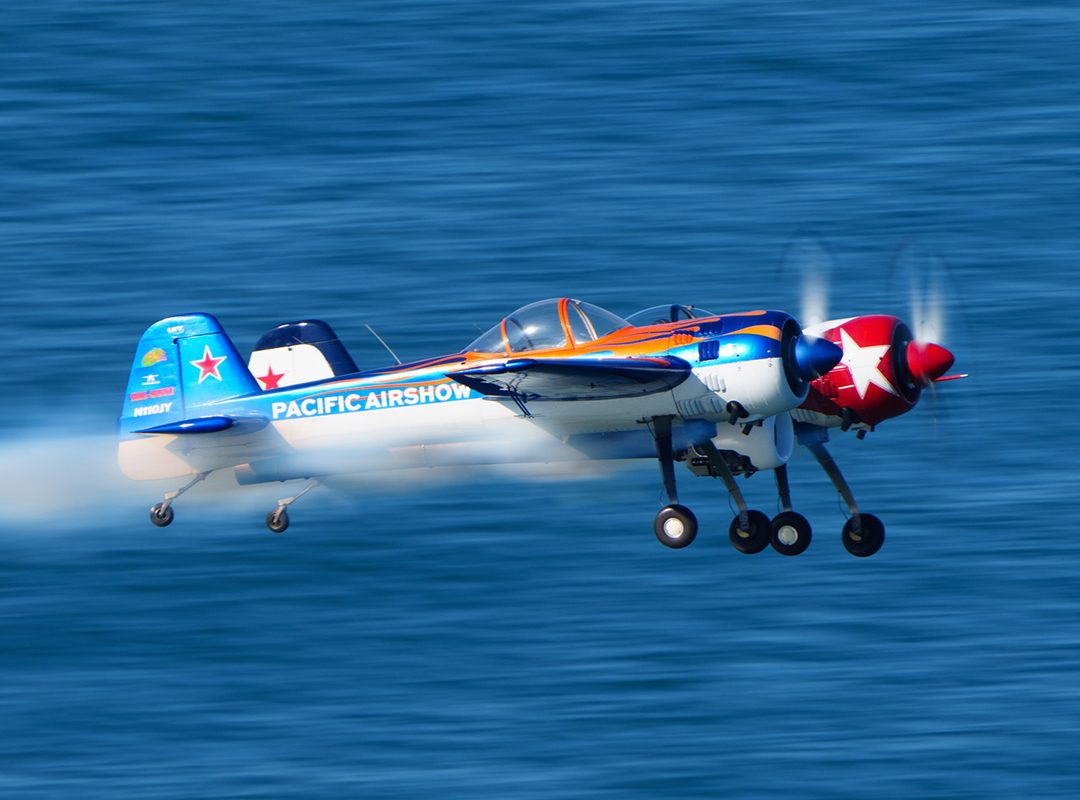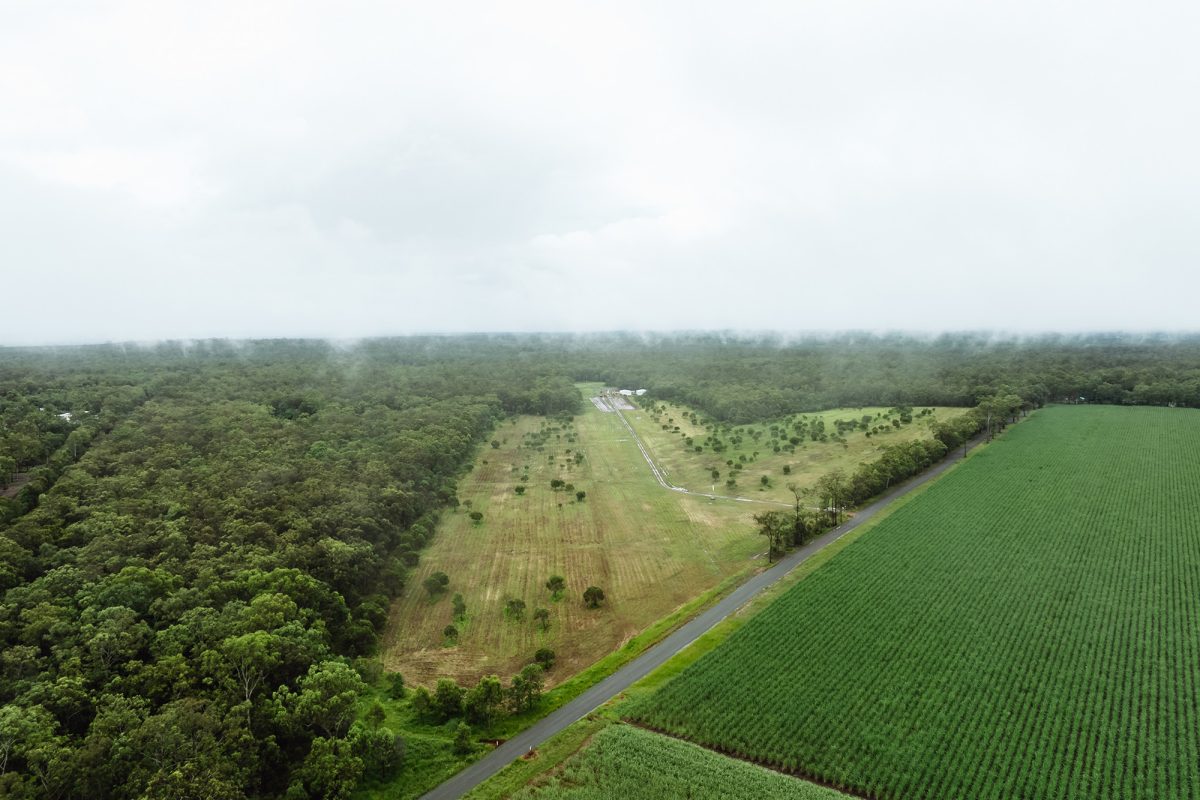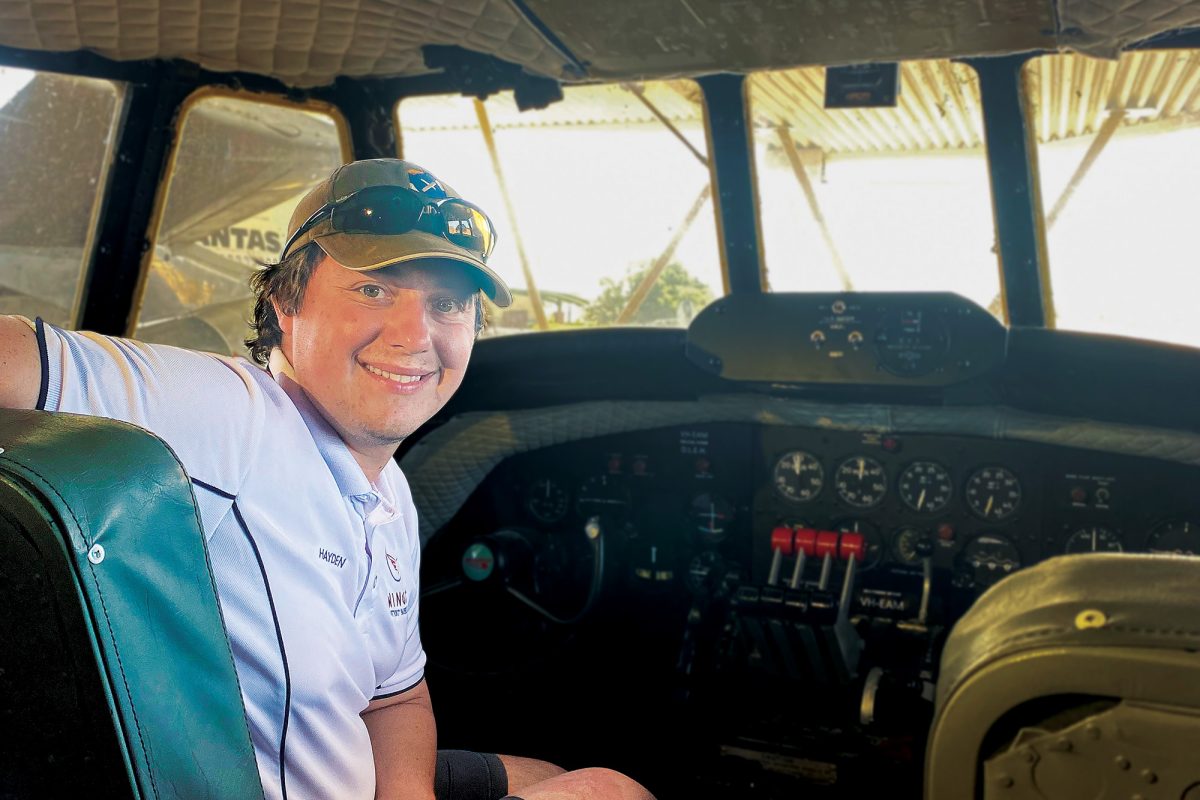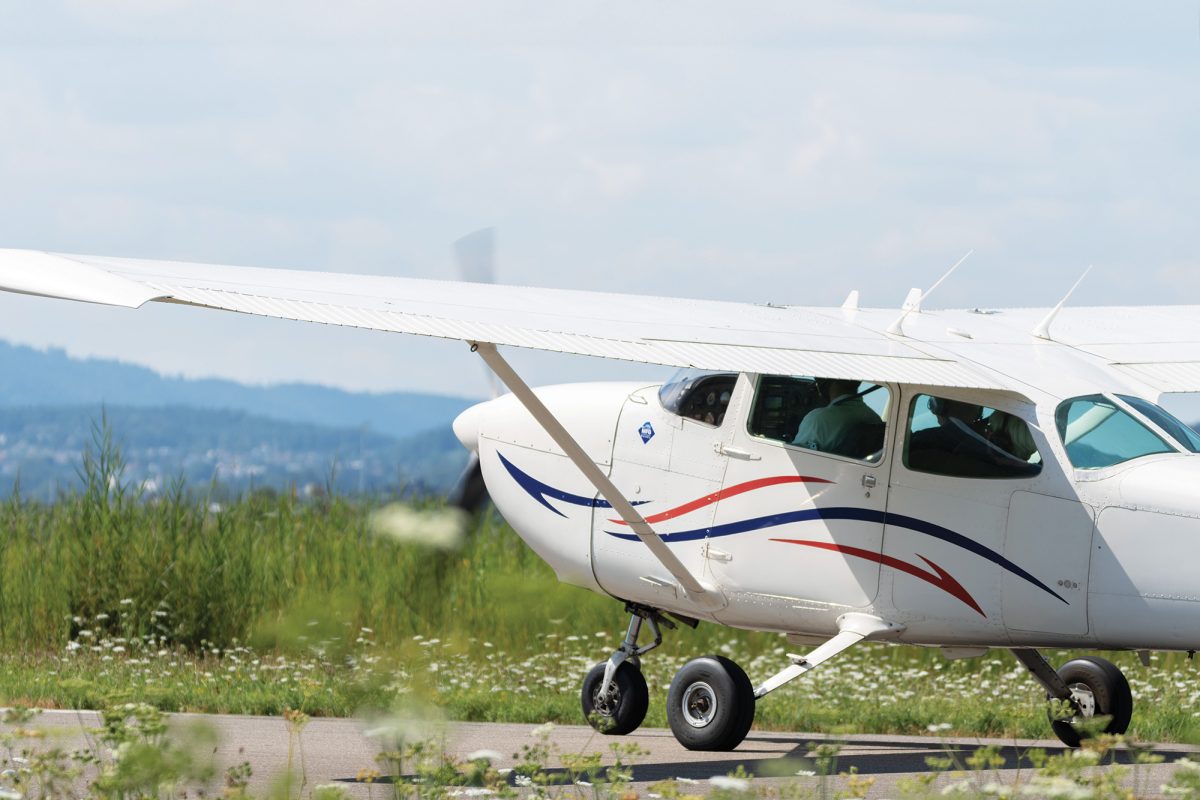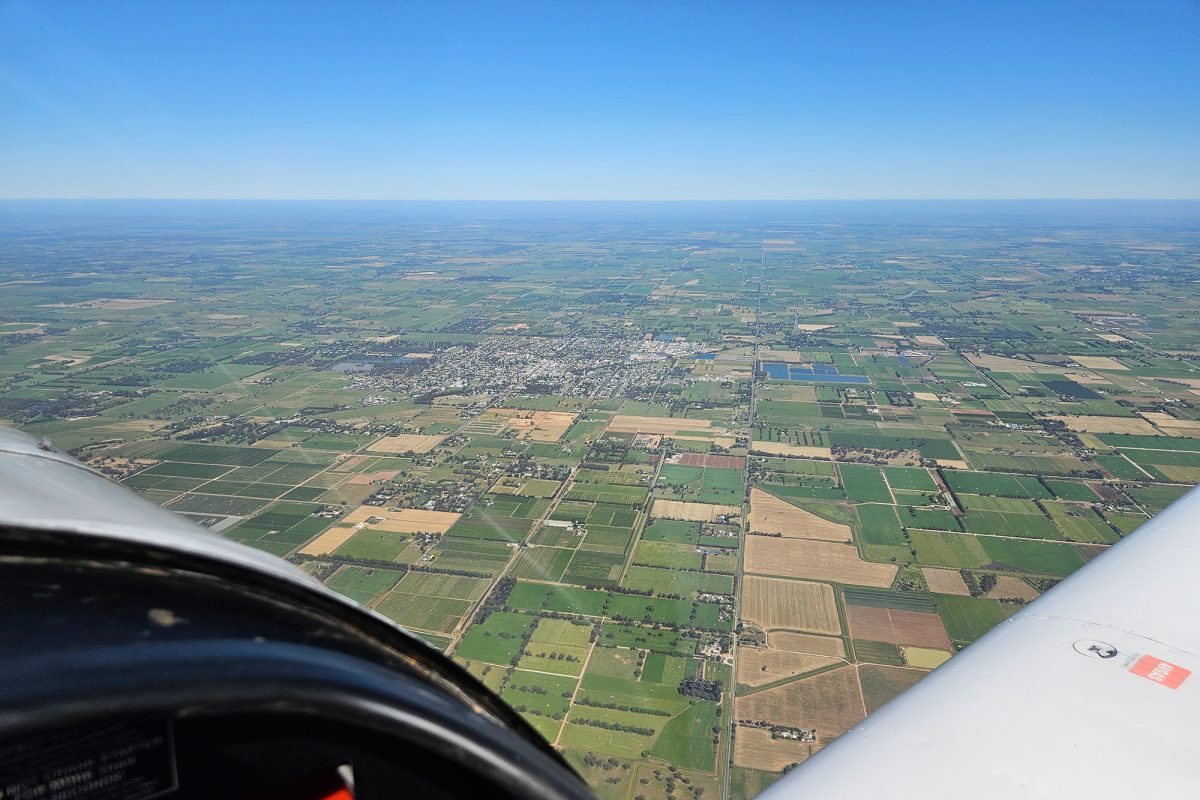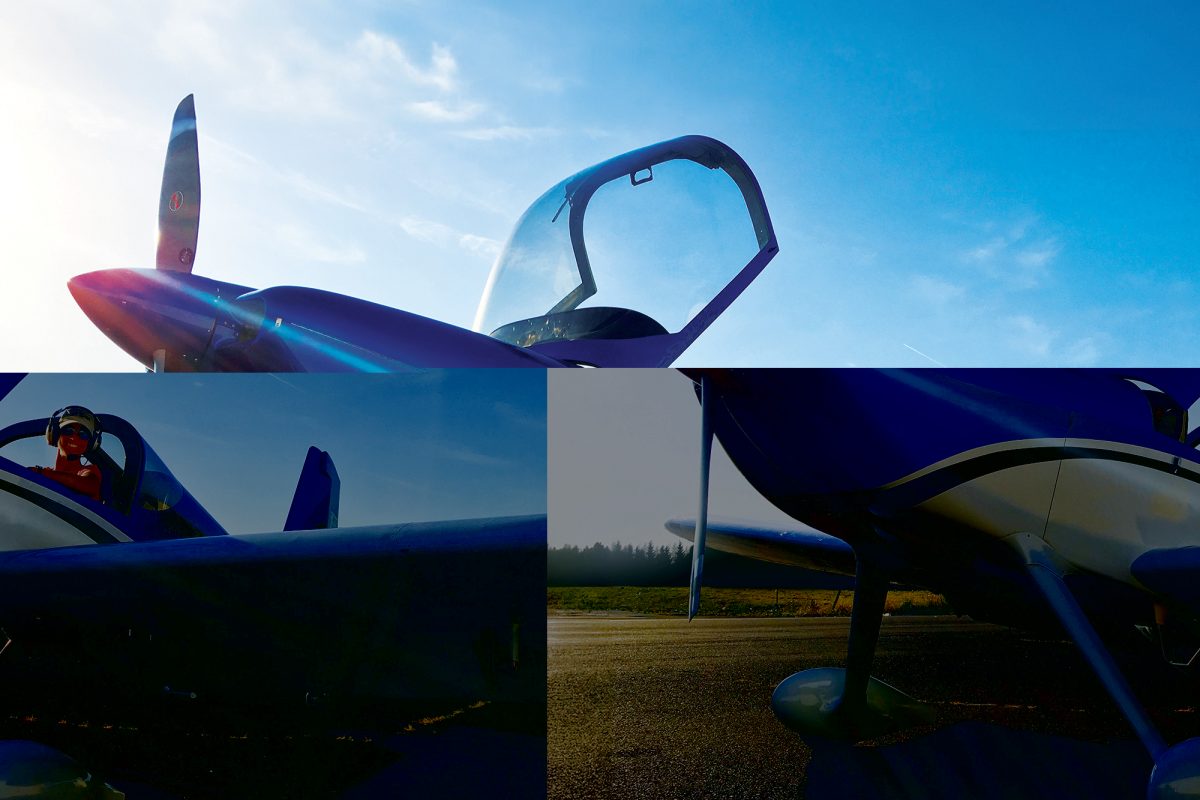JAN – JUN 2023 SAFETY DATA
- 0 Fatal Accidents
- 5 Aircraft Destroyed
- 33 Aircraft Damaged
- 9 Injuries
- 41 Flight Training Occurrences
- 44 Private Operation Occurrences

NEAR COLLISION
Near collision reports continue to rate highly in RAAus’ occurrence reporting data, with 12 occurrences reported within the first 6 months of 2023. All pilots are reminded of the importance of maintaining an active lookout and making regular radio communications, particularly when operating within the vicinity of an aerodrome.
Technology, such as the use of ADS-B and EFB traffic information may provide improved awareness of other traffic, however, this does not replace the requirement for pilots to maintain an active lookout. The Australian Government has extended their ADS-B rebate program until 31 May 2024 for eligible aircraft owners who are interested in fitting ADS-B equipment to their aircraft.
The adjacent map shows locations of near collision occurrence reports reported to RAAus over the past 5 years.
ENGINE FAILURE OR MALFUNCTION OCCURRENCES
RAAus had 11 engine failure occurrences reported during the first half of 2023. Of these 11 occurrences, 5 were in aircraft with Rotax engines, 5 with Jabiru engines and one in an aircraft with a Lycoming engine. These events occurred due to a range of different contributing factors including fuel issues and mechanical failure.

LOSS OF CONTROL
Loss of control events continue to be the highest cause of aircraft damage and injury within RAAus operations. Of the 9 loss of control events reported to RAAus within the first half of 2023, 7 were reported to have occurred during the landing phase. Three aircraft were reported to be destroyed due to loss of control events with an additional 4 occurrences resulting in significant aircraft damage. Two occurrences took place during dual flight training operations and one during solo flight training. Pilots are encouraged to review the RAAus’ loss of control video series at www.raaus.com.au/loc
TURNBACKS
In the first half of 2023, RAAus recorded two serious accidents where the conduct of a turnback was attempted following a partial or full engine failure after take-off. In both occurrences the aircraft impacted terrain prior to reaching the runway threshold, resulting in serious injuries, and the aircraft were destroyed.
RAAus reminds pilots of the importance of conducting a pre-takeoff safety brief before each flight and to prepare for possible emergencies during take-off. All members should consider the dangers of conducting a turnback. A turnback can lead to a stall-spin, which has previously led to a number of fatal accidents following a partial or full engine failure after take-off.
COMPLIANCE
RAAus would like to remind all pilots, aircraft owners, and maintainers to regularly review their compliance requirements prior to operating or maintaining an aircraft.
The following non-compliances are commonly identified within RAAus operations:
Member Non-compliances
- Conduct of flight by pilot without a current BFR
- Operation of an unregistered aircraft
- Flight conducted without holding current RAAus membership
- Maintenance of an aircraft without holding a current maintenance authority
Maintenance Non-compliances
- Failure to complete instrument and transponder calibration requirements, required every 24 months
- Failure to comply with mandatory service bulletin requirements
OCCURRENCE SUMMARIES
Occurrence Classification: Defect Report
Injuries: Nil
Damage: Nil
RAAus received a defect report following identification of a rudder cable with approximately 50% broken strands, located at a pulley behind the rear seats.
Maintainers are reminded of the importance of conducting thorough inspections of aircraft control cables during routine maintenance in accordance with manufacturer requirements. Review of this occurrence identified that the rudder cable damage occurred due to normal wear and had not been replaced in 15 years. Wear of the cable should have been detected during previous maintenance inspections and had the potential to result in serious or fatal outcomes.
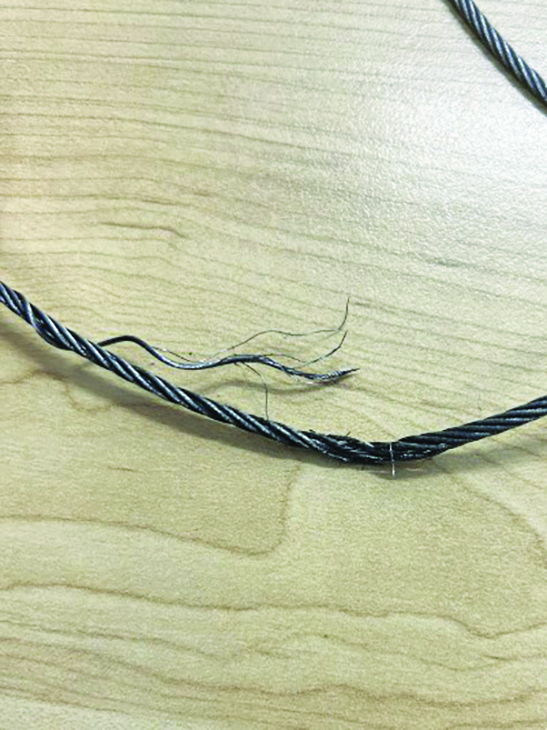
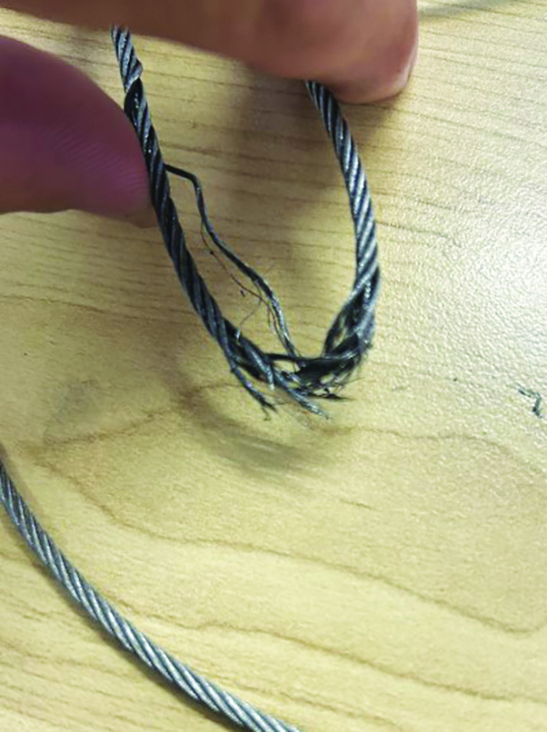
Occurrence Classification: Loss of Control
Operation type: Private
Injuries: Serious
Damage: Destroyed
During landing in gusty conditions with a strong crosswind component, the aircraft encountered a gust of wind and subsequently commenced a go-around.
Video footage captured by an airport camera shows that the aircraft initially levels out, then pitches upwards followed by a stall and entry into a right-hand spin from approximately 50ft before impacting terrain right wing first. The aircraft was destroyed and the occupants received serious injuries.
Pilots are reminded of the importance of managing the aircraft during the conduct of a go-around to ensure that a safe climb speed is achieved prior to setting a climb attitude in order to prevent a loss of control event. Pilots are encouraged to regularly practise go-arounds which are otherwise often only conducted in an emergency.
NOTE: The aircraft involved in this accident contained a Ballistic Recovery System (BRS). Emergency services were only notified of this after the occupants had been extracted from the aircraft. BRS systems may result in serious or fatal injuries in the event of an uncontrolled deployment following an accident. Members are reminded that aviation accident sites may contain a number of hazards which need to be managed in the event of an accident to avoid further injury.
Occurrence Classification: Illegal Low-Level Flying
Operation type: Private
Injuries: Nil
Damage: Nil
A recent occurrence reported to RAAus contained video footage of an RAAus aircraft conducting low-level flight over a private property. The aircraft was conducting a low pass over a tractor and passed below high-voltage powerlines. The passenger of the aircraft recorded the footage and uploaded this online, stating in the video that they were unaware of the location of the powerlines at the time. Luckily, this occurrence did not result in an accident. The pilot did not hold a low-level endorsement and was operating illegally. The pilot was issued a safety related suspension and was required to undertake further training. This occurrence was also reported to CASA in accordance with RAAus’ reporting requirements under CASR Part 149.
RAAus members are reminded of the dangers of low-level flight and urged to avoid making impulsive decisions to operate at low level. Low-level flying requires additional training and thorough assessment of the hazards in the area prior to flight. Low-level flight has been determined to be a contributing factor in a number of fatal RAAus accidents.
A recently released ATSB report (AO-2022-027) investigated a fatal accident in very similar circumstances, involving a Cessna 172 on 18 April 2022. The ATSB established that the pilot was likely conducting an intentional low-level pass over a tractor before their aircraft struck a powerline. This report is available on the ATSB website.
Occurrence Classification: Bird Strike
Operation type: Flying Training — Dual
Injuries: Nil
Damage: Substantial
A student pilot and instructor were conducting a circuit lesson. After a touch and go, at approximately 200 feet, the aircraft suffered a bird strike. The instructor immediately took control of the aircraft and there was a noticeable vibration from the engine. Power was immediately reduced to idle and the aircraft landed straight ahead on the remaining runway.
Inspection of the aircraft identified that the wooden propeller suffered substantial damage to both blades, with sections of the propeller missing. Pilots are reminded to be aware of the presence of wildlife, particularly when operating from airports where wildlife hazards are known to occur frequently. Pilots should review additional information contained within the En Route Supplement Australia (ERSA) which may contain information on known wildlife hazards.
The ATSB have recently released two separate fatal accident reports from 2022 involving bird strikes in both fixed wing and helicopter aircraft.


